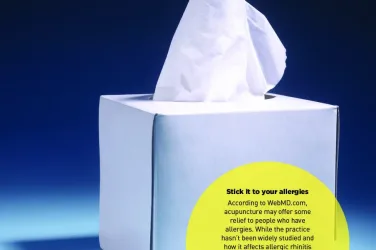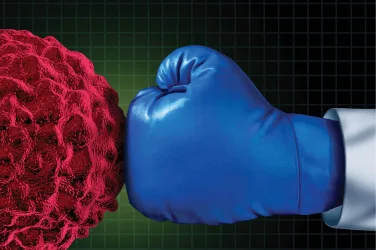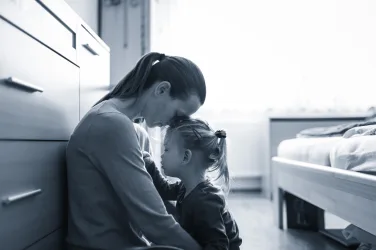An Important Wake-Up Call
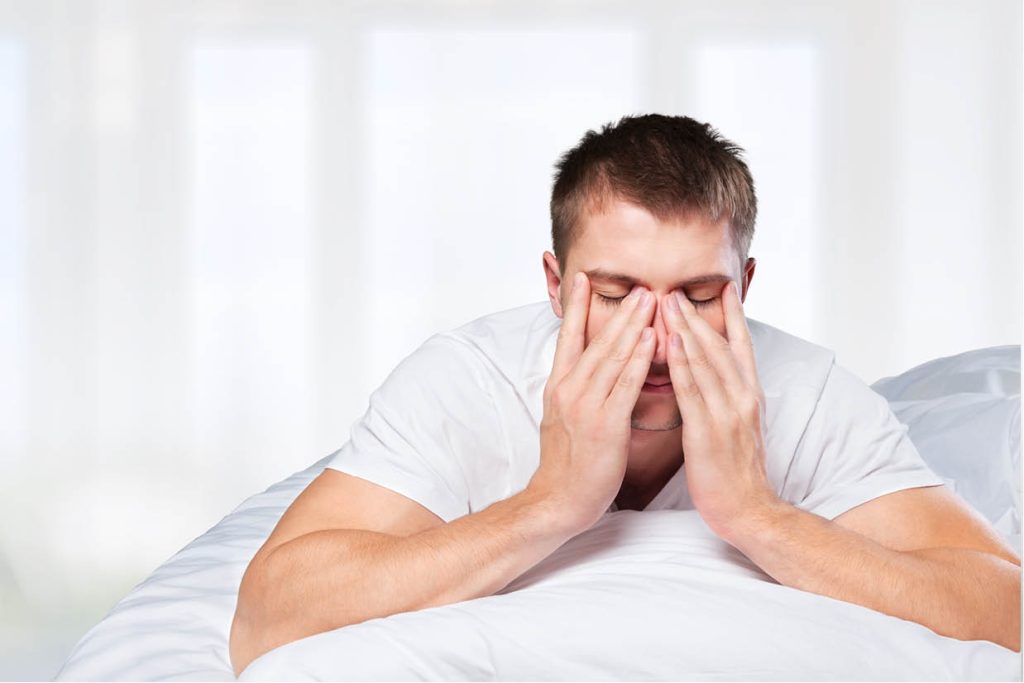 Life often gets so hectic that we think feeling tired and sleep deprived is normal. But we shouldn’t always just shrug it off and go for that second triple shot latte. It may signal a serious, chronic condition called obstructive sleep apnea, which occurs when your throat muscles intermittently relax and block your airway during sleep.
Life often gets so hectic that we think feeling tired and sleep deprived is normal. But we shouldn’t always just shrug it off and go for that second triple shot latte. It may signal a serious, chronic condition called obstructive sleep apnea, which occurs when your throat muscles intermittently relax and block your airway during sleep.
When your airway is either completely or partially blocked, breathing stops and your blood oxygen level can lower. Your brain panics when this occurs, and it rouses the body to restart its breathing. Usually, this is such a brief awakening most people remain unaware when it occurs. But it can happen over 30 times an hour throughout the night, which significantly disrupts restful sleep cycles and leaves you feeling tired and worn out during the day.
Jim’s Experiences with Obstructive Sleep Apnea
Most people who have sleep apnea don’t know it. Usually, someone sleeping next to you is the first to notice your signs. Jim, who explains his problem in a video on the National Institutes of Health website, became concerned when sleep deprivation severely disrupted his daily life. He was falling asleep while driving, and often found himself too tired to get out of bed in the morning.
“It’s Saturday morning and the kids are at your bed ready to do something, and I’m like, I have to sleep, guys. I’m sorry, I can’t play with you,” Jim said.
Jim shared his symptoms with his doctor who sent him for a sleep study, which showed that the number of times he was waking was “extreme.”
Based on the diagnosis, his doctor prescribed CPAP (continuous positive airway pressure) machine treatment.
CPAPs—the most widely used treatment for moderate and severe sleep apnea—consist of a breathing mask connected to a flexible tube through which a machine supplies pressurized air into the sleeper’s throat. The increased air pressure prevents your airway from collapsing. PAP therapy studies show that people who consistently use their machines feel better and encounter fewer complications from sleep apnea.
Many people, like Jim, find wearing a CPAP to bed is uncomfortable. He didn’t use it often and things got worse. “Other symptoms appeared. I felt confused and out of it… just not right,” Jim shared.
Alarmed by his deteriorating condition, Jim became committed to using his CPAP machine.
“I’m to the point now that when I go to sleep, I’m looking forward to it. I feel better,” he says.
Alternatives to CPAP/PAP Treatment
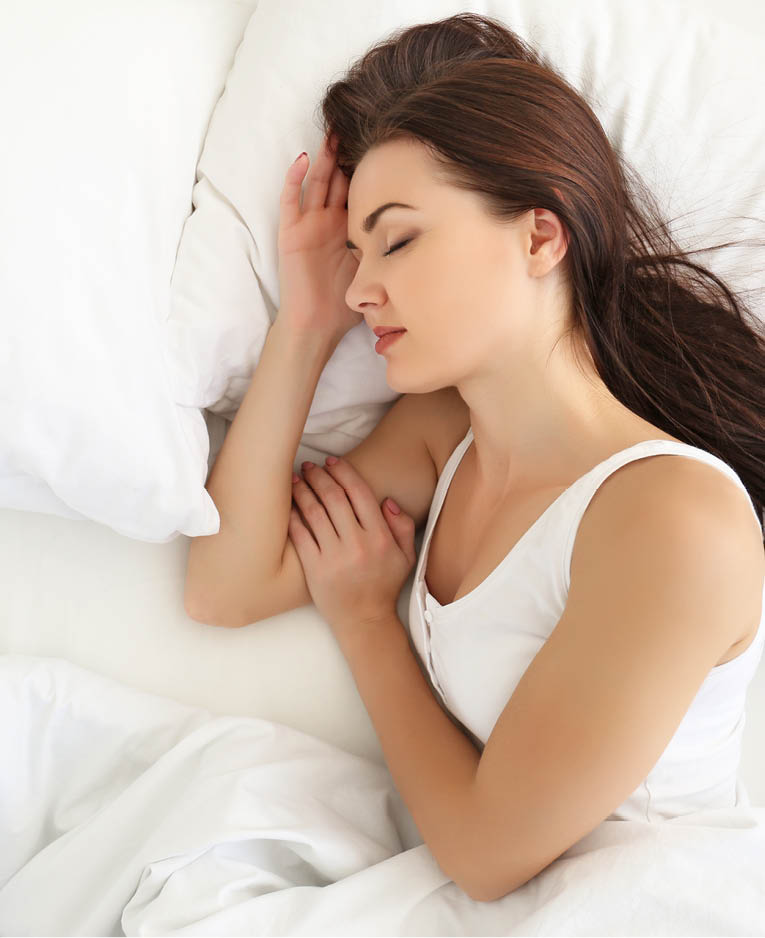 Some people never become comfortable using a CPAP machine. Luckily, oral appliances—worn in the mouth like a sports guard while you sleep—can be an effective first line treatment for many sleep apnea sufferers. These appliances hold the lower jaw forward just enough to keep the airway open and prevent the tongue and muscles in the upper airway from collapsing and blocking the airway. Another option is wearing CPAP and an oral appliance together to help reduce the pressure on a CPAP machine, making it more comfortable to use. In more extreme cases, surgery may be an option.
Some people never become comfortable using a CPAP machine. Luckily, oral appliances—worn in the mouth like a sports guard while you sleep—can be an effective first line treatment for many sleep apnea sufferers. These appliances hold the lower jaw forward just enough to keep the airway open and prevent the tongue and muscles in the upper airway from collapsing and blocking the airway. Another option is wearing CPAP and an oral appliance together to help reduce the pressure on a CPAP machine, making it more comfortable to use. In more extreme cases, surgery may be an option.
Signs and Symptoms of Obstructive Sleep Apnea
- Excessive daytime sleepiness
- Loud snoring
- Observed episodes of breathing cessation during sleep
- Abrupt awakenings accompanied by gasping or choking
- Awakening with a dry mouth or sore throat
- Morning headache
- Difficulty concentrating during the day
- Mood changes, such as depression or irritability
- High blood pressure
- Nighttime sweating
- Decreased libido
Left untreated, OSA can:
- Increase the risk of high blood pressure, heart attack, stroke, obesity, and type 2 diabetes.
- Increase the risk of, or worsen, heart failure.
- Make arrhythmias—irregular heartbeats—more likely.
- Increase the chance of having work-related or driving accidents.
Common Sleep Apnea Myths Debunked
I’m not overweight, so I don’t need to worry about sleep apnea.
Truth: Sleep apnea is more common in people who are overweight, but it can affect anyone, even children.
I’m a woman, I can’t have sleep apnea. It’s a man’s disease.
Truth: Studies of the general population indicate the ratio is around two or three men for each woman who has the condition, so while not as prevalent, sleep apnea is still quite common in women.
My family doctor will diagnose sleep apnea during my annual check-up.
Truth: Doctors usually can’t detect the condition with certainty during routine office visits. Physicians diagnose sleep apnea based on medical and family histories, a physical exam, and sleep study results. A polysomnogram (PSG)—the most common sleep study for diagnosing sleep apnea—records brain activity, eye movements, heart rate, blood pressure, the amount of oxygen in your blood, air movement through your nose while you breathe, snoring, and chest movements.
By Annette Brooks
Sources: MayoClinic.com, SleepFoundation.org, Nhlbi.nih.gov, SleepAssociation.org





